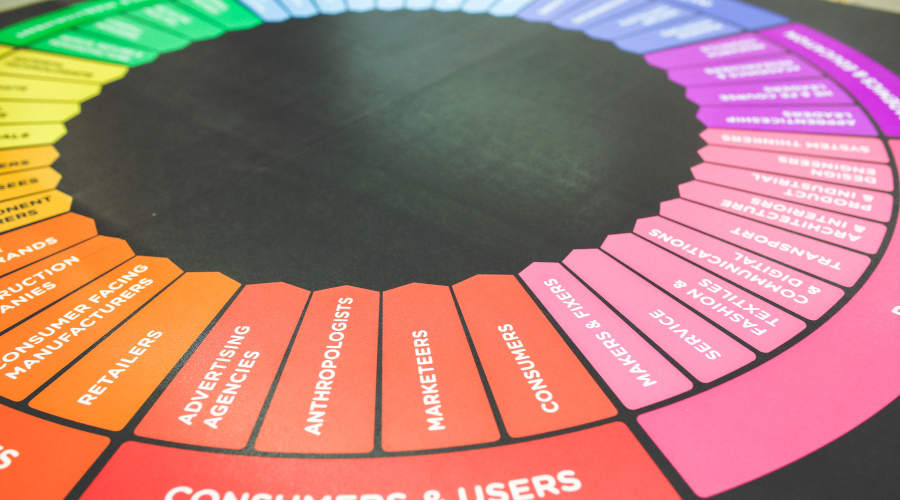Having a great multilingual app marketing strategy is not an option if you want to have success on international app stores. Translating your website and localizing it is a good start but there is a lot more to look into. For each new market, you strive to enter and create an application, new content marketing strategies must be formulated. You cannot just strategize once and use it for every app you create.
Here is what you should do,
- Research the target region
- Target audiences’ buying preferences
- Optimize content
- Learn international SEO best practices
- Understand the requirements for each search engine
- And a lot more.
Above all these, there are certain steps to be followed to get your multilingual mobile app development marketing strategy right. Let us dive deep into the steps to be followed.
 Steps for Effective Multilingual App Marketing
Steps for Effective Multilingual App Marketing
These steps will help you come up with a proficient content marketing strategy for your mobile app development which in turn helps you promote your business and reach the next best level.
Step 1: Understand the Core Message
Localization methods differ for each country. Each localization comes with a different set of rules and requirements. But when you try to adapt to the needs of every market on the list, you might end up risking your brand equity. When the changes you accept fit every market’s needs, if you’re not careful, it may result in wandering from your core message. This is exactly what should not be done.
You can modify your website’s looks, promotional channels, sponsor events, available products, and preferred locations. But you should stick to your core message. It is about how you reach the right set of people in the right place and not about changing your message for each venture. Hence, for strong branding, make sure you adapt for different audiences but stay true to your core message.
Step 2: Create Easily Localizable Contents
If you follow best practices to make easily localizable content, you’ll save money in the end when it comes time to translate. Avoid using culture-related terms, phrasal verbs, jokes, or complicated content which makes things hard to translate and easy to mistranslate. Instead of modifying your content according to the regions, you can create a common content that should just be foreign-translated and the content need not be changed.
Another important aspect would be to ensure your source content is completely error-free. If an error has been translated into 20 languages, the cost of fixing the error has likewise been multiplied.
Step 3: Translation and Localization of Message
Before you get to know what you should actually be following in this step, it is important to nail down the difference between translation and localization. Translation is to make your brand message readable and easily understandable in the targeted language. Localization makes your message look like it was written for them precisely. To do both of these correctly, the team needs to research the images, date, colors, and icons to be added according to engagement.
The translated messages must not be vague. To ensure this you must hire translators with the right specialty, i.e., they must be proficient in the language as well as your business domain. So that no part of your message goes wrong. By sourcing local influencers, you can make your target audiences feel native to your product.

Step 4: Make Use of Translation Management Software
When you are localizing your brand content for your multilingual mobile app development marketing strategy, from marketing teams to sales teams, you will have to manage a lot of people and assets. To keep track of people working in different time zones for different languages, it is necessary to stay organized.
So make use of a coherent and efficient translation management tool. This will help you translate efficiently and even communicate with your team about the text in an organized way. Since the whole world has got online, many content management tools have risen. You can make stellar growth in your business by taking advantage of them in a proper way.
Tools such as Hubspot, WordPress, and Joomla support integration with translation management systems.
Step 5: Integration of Multilingual Mobile App Development Marketing Strategy
Your brand and budget decide how far you can go with the marketing strategies. Every channel you make use of to promote your brand must be integrated altogether. This means that your content must have links to connect with your website, application, business platform, help documentation, or others.
Also, it is essential to ensure you are abiding by the local laws and guidelines when you are running promotions in various locations.
While creating content for your website promotion, it’s important to monitor analytics. That is, your website and app visits must increase with the content marketing strategy you have followed. This can be ensured by making sure that you are using the right set of keywords. With the Internet and advancements ruling the roost, SEO plays a vital role in your content marketing strategies. So, create a multilingual mobile app development marketing strategy that is flawless, rich in engaging keywords, and the next stop will be your business success.

Summing Up
Consider the aforementioned stages, analyze each step, come up with how to implement them, narrow down your ideas, prepare content, identify the demand, discover common preferences, and there you go; you are ready to put them together as your strategy. And don’t forget to use an effective translation management tool to make things easier. Skipping even one of the steps may result in unwanted risks. It takes time to nail down your strategy but once done, you will earn fruitful outcomes out of it.
About the author: Karthik Sakthivel is the CTO of Pyramidion Solutions and holds expertise in dealing with a lot of app development businesses. He thrives to prove that an application becomes nothing when it is not marketed in the right way. With a decade of experience in this field, he knows exactly the pros and cons involved in formulating an efficient app solution and suggests the best practices to achieve fruitful results.



